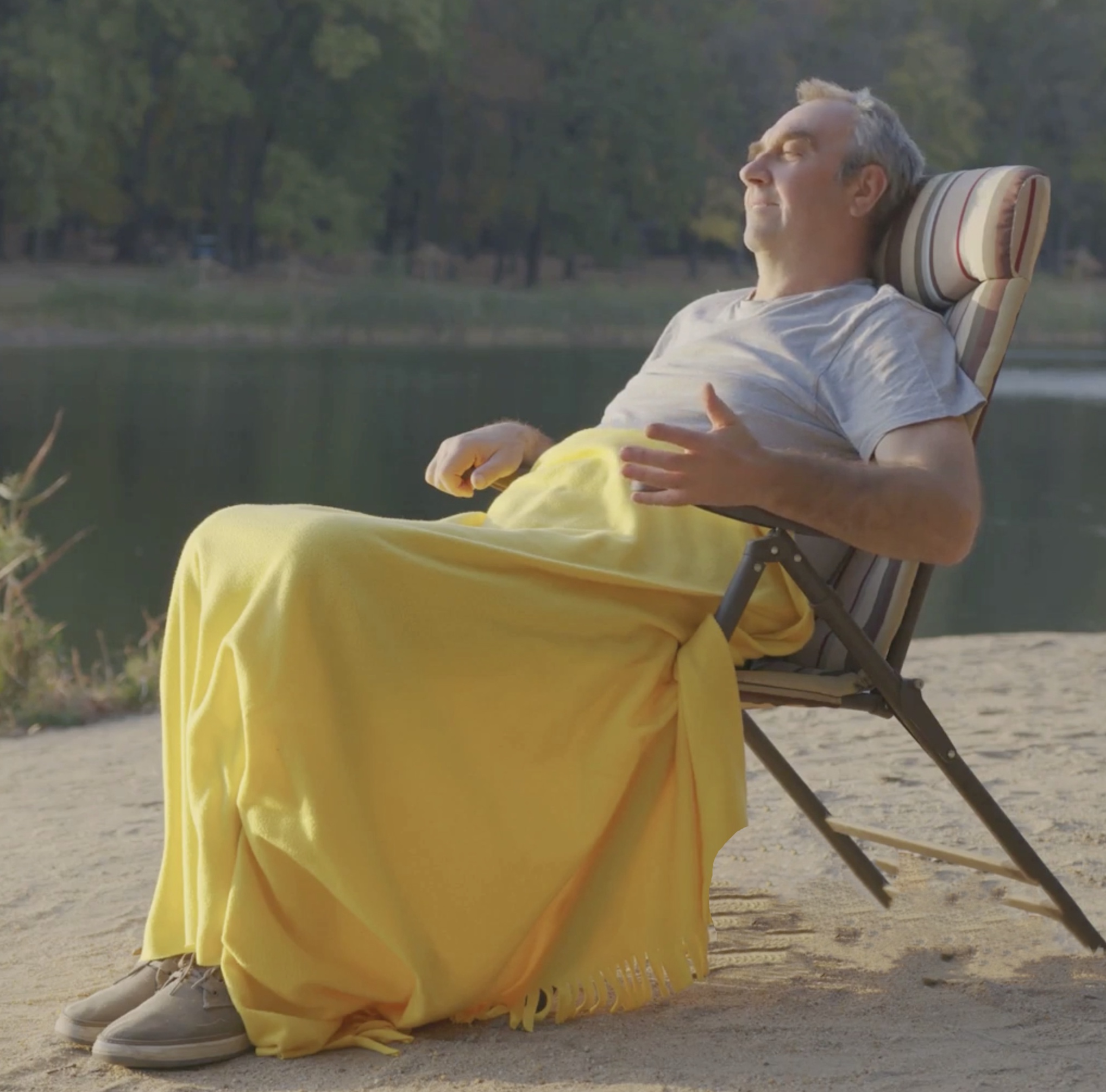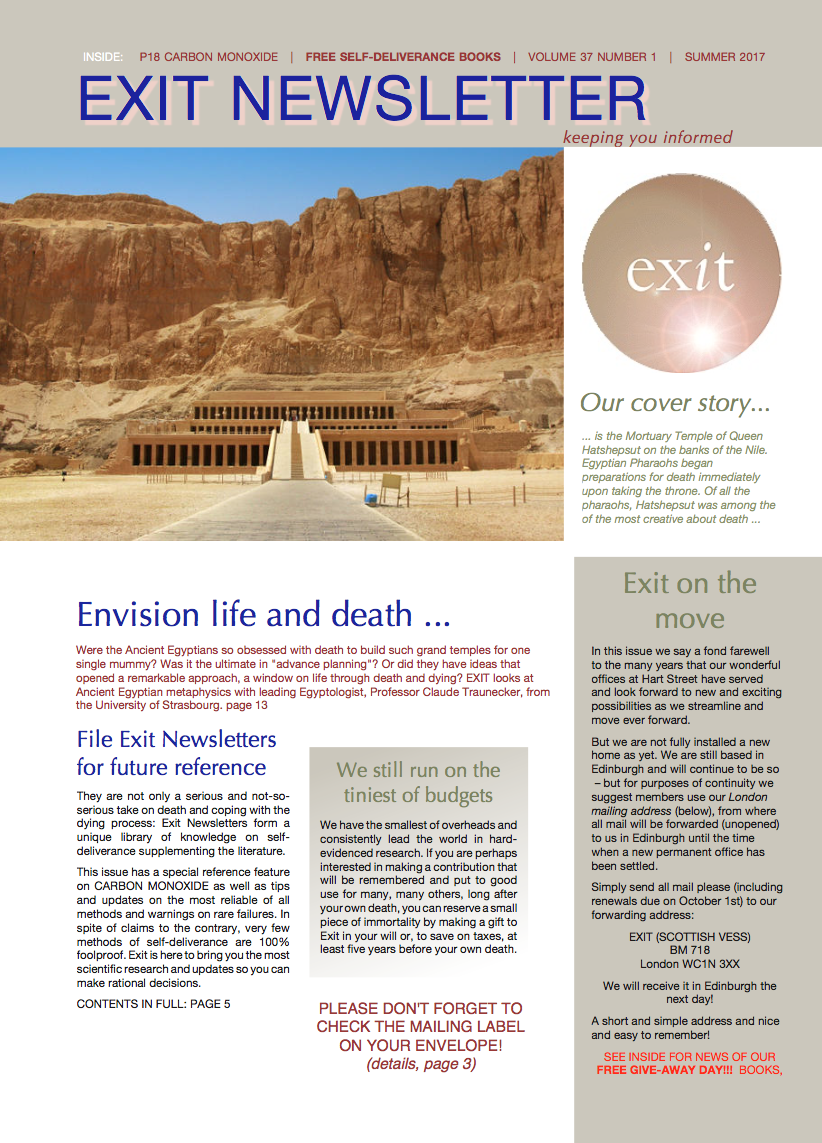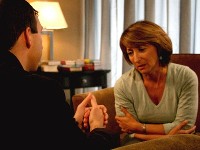 Classical philosophy, Socrates and stuff, has occasionally had the reputation of being rather dry. But could it actually have the power to get to the heart of our feelings about death and dying?
Classical philosophy, Socrates and stuff, has occasionally had the reputation of being rather dry. But could it actually have the power to get to the heart of our feelings about death and dying?
There are many studies that go far beyond my cursory reading of Plato, but I first open the Collected Works (a free e-book) at the Apologia, where Socrates defends his attitude to death in what seems a straightforward manner:
“… fear of death is indeed the pretence of wisdom, and not real wisdom, being a pretence of knowing the unknown; and no one knows whether death, which men in their fear apprehend to be the greatest evil, may not be the greatest good.”
It sounds very clever but somehow doesn’t quite reach the heart. Plato seems to embody Socrates as a speaker who provokes a response. Some contend that Socrates uses a set of strategies, not to eliminate his fear of death but to control it. In the Phaedo, Socrates says first a philosopher must completely avoid money and power. He must devalue relationships such as those with friends and family. Next, one should regularly rehearse arguments about immortality until one believes them, and also tell myths and stories about the afterlife to speculate about its benefits.
The chances of Socrates convincing his audience is seriously impaired when we consider reasonable human desires Most people after all want to form and sustain intimate relationships with friends, family and loved ones. They become emotionally attached, and this attachment increases their fear of death, Socrates suggests, because death serves as the ultimate threat to the continuation of personal relationships.
Neoplatonists, who came considerably later than Plato, developed much of his ‘higher’
philosophy into a system that would greatly influence several other schools of thought
including Gnosticism, Isalm, Christianity and Theurgy. They respected and acknowledged the truths expounded by Plato, but also looked for some more practical methods that could be used both by philosophers and lay people.
The Greek terms of Logos, Eros and Agape were refined and abstracted so they were
suitable both for polytheistic religions of the time and also the newly emerging
monotheisms, as well as their own apophatic, mystical, philosophical or magical practices (in the cases of Neoplatonists like Proclus and Iamblichus). Eros became the supreme principle of divine attraction between any two things (not merely the English sense of ‘erotic’), and the basis through which the universal order is maintained. It was only through this that the selfless love of agape could be achieved.
Through this lens, our relationships with others also become a way to realise who we are ourselves, just as any object (in physics as in persons) is defined in space and time by its relation to other noumena, and objects to which it is drawn or repelled. The over-riding and highest principle inherited by the Neoplatonists was beauty, which shows all things balanced in their correct (bound by Eros) relationship to each other.
The idea is that by defining our individual correct relationship to other people in our sphere, we may arrive at a sense of oneself almost through their eyes, and experience the beauty of relationship without attachment. It is a lasting gift to them, and maintains the beauty and goodness of the relationship within our own perception while decreasing the attachment, thus reducing the fear of death upon which Socrates had expounded.
It might not be possible, or even desirable, to attempt to convey complex philosophical ideas in a one-page newsletter article, but perhaps by inclining our minds towards beauty, whether it be seeking out the works of a great philosopher, a favourite uplifting poem, or the sense of beauty in one’s relationship with another person, one can feel a sense of knowing an almost everlasting beauty , that is not diminished by letting go . . .
The above article was taken from the current Exit magazine. If you are interested in our print edition, it is free to members. If you are interested in joining and supporting our work, please go to http://www.euthanasia.cc/new_app.html
Our current full colour magazine:

THIS ISSUE: CONTENTS IN FULL
I’m not afraid asks why so many people don’t take out ‘insurance’ on knowing how to die peacefully.
Ludovic Kennedy: Courage – An essay by the famous late campaigner for voluntary euthanasia.
Alison Britton: Ethics in Europe – Professor Britton compares the ethics of euthanasia approaches in different countries.
Quote/Unquote – some of our favourite informative, humorous or inspirational quotes about death and dying.
Ruminations of the ancients – featured in this issue of ExitEuthanasia Blog.
Pam Ferguson: Hastening Death – legal perspectives by the Professor of Law.
Off the bookshelf – we review Michael Green’s Dealing with Death, Oliver James’ Contented Dementia, and in a ‘curiosity corner’, of ‘dangerously dead’, Elizabeth Hurran’s historical survey, Dissecting the Criminal Corpse.
Your letters – regular news and views from members.
Special feature on how thinking about death can increase happiness.
Research: From terror to joy – Kentucky experiments in psychological science
Humour – (since we don’t think death has to be morbid!)
Self-deliverance books reviewed – we examine the features of our own publications together with lengthy reviews of the books by our friends, Derek Humphry and Philip Nitschke. Each fills a different niche and we look at the plusses and minuses (and we also invited feedback from the authors).
Challenges & progress – diversity and congruence in the self-deliverance literature.
Paralympic Mariecke Vervoort – the Paralympic star’s personal views on euthanasia
The Flickering Light – reviews of two movies touching on positive attitudes to death and dying
More from our postbag – an extended reply on a number of issues from the Dignitas organisation in Switzerland
Terminal fasts: Jains, science & law – advantages and dangers of fasting to death (voluntarily refusing food and liquids) with a criticakl look at teh science.
ExitEuthanasia Blog, in accordance with UK laws, does not offer information online or by email that could be construed as advice on committing suicide. Technical information on such matters is reserved for our print publications (click ‘Publications’ in the top menu for details).







 A long time ago, some time in the 4th Century BCE, an important document was written codifying certain ancient rules of ethics. Attributed to the Hippocrates, a doctor was expected to swear by Asklepius, to teach medicine without charging a fee, he won’t provide pessaries for an abortion and, the bit so favoured by the anti-euthanasia lobby, “I will give no deadly medicine to anyone if asked, nor suggest any such.”
A long time ago, some time in the 4th Century BCE, an important document was written codifying certain ancient rules of ethics. Attributed to the Hippocrates, a doctor was expected to swear by Asklepius, to teach medicine without charging a fee, he won’t provide pessaries for an abortion and, the bit so favoured by the anti-euthanasia lobby, “I will give no deadly medicine to anyone if asked, nor suggest any such.” Classical philosophy, Socrates and stuff, has occasionally had the reputation of being rather dry. But could it actually have the power to get to the heart of our feelings about death and dying?
Classical philosophy, Socrates and stuff, has occasionally had the reputation of being rather dry. But could it actually have the power to get to the heart of our feelings about death and dying?
 No-one can really feel the pain of another when a loved one dies. Or the the moment that another experiences and feels in the minutes and seconds before that person dies. But does it have to be such a bad thing?
No-one can really feel the pain of another when a loved one dies. Or the the moment that another experiences and feels in the minutes and seconds before that person dies. But does it have to be such a bad thing?

 Print subscribers were treated to our first all-colour issue last month and feedback so far has been great!
Print subscribers were treated to our first all-colour issue last month and feedback so far has been great!




